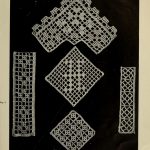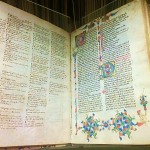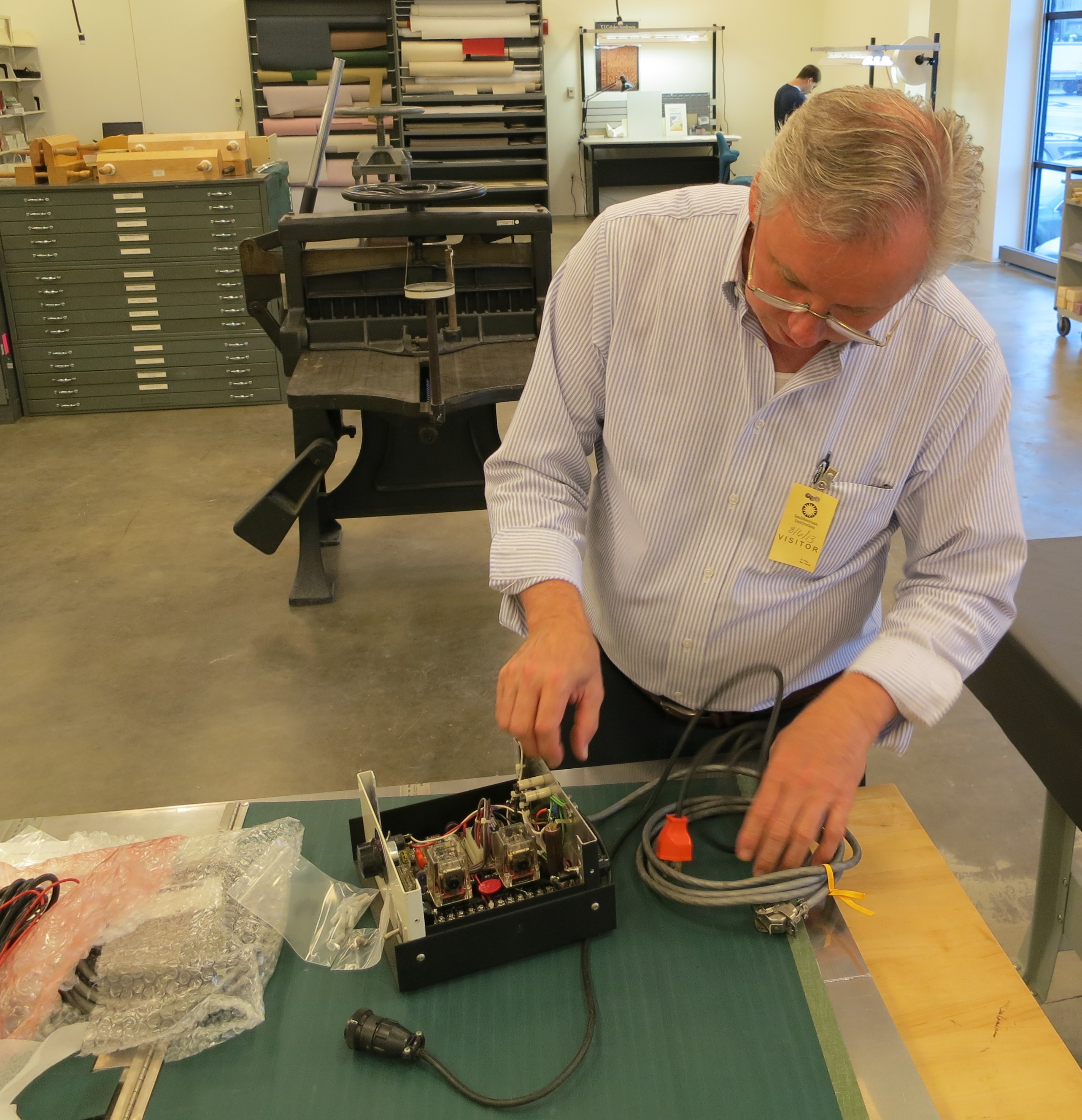This post was contributed by Kaitlyn Tanis, intern at the American Art and Portrait Gallery Library. Walking around downtown Washington, D.C. (located between the Capitol and the White House) more »
Month: August 2013
The Book Conservation Lab recently had a visit from bookbinder and inventor Bill Minter. Bill created the Ultrasonic Welder we use in the lab for encapsulating items. Encapsulation entails sealing an item more »
Last month, we highlighted a trade catalog featuring a combination bed sheet, tent and sleeping bag. This month, we decided to continue with the camping theme and highlight a 1909 booklet about a boys’ summer camp in Maine, Camps Megunticook & Aroosticook.
You uploaded your pictures. You showed us your story. You loved visiting the Smithsonian. (But you love the Smithsonian Libraries even more, right?!)
Now it’s time to vote for your favorite photos in America’s Family Album!
A frequently overlooked service that librarians provide to their users is that of selection for collection development. From the universe of available books, this service determines which should be acquired for a particular collection. Reference and subject-specialist librarians pore over an increasing volume of new book announcements and publisher and dealer catalogs, picking out the best titles that are appropriate for purchase and addition to the collection they manage.
But like many things we librarians do, the Internet has changed the game.
 With over 40 volumes detailing the intricacies of lace collection and creation, the Cultural Heritage Library’s Lace Collection covers a lot of ground. About half of the collection is in English, with titles like Directions for Making Poncetto Lace among the most popular. Downloaded 400 times since being digitized, this title offers instruction in the titular Italian knotted lace technique, complete with several patterns to follow.
With over 40 volumes detailing the intricacies of lace collection and creation, the Cultural Heritage Library’s Lace Collection covers a lot of ground. About half of the collection is in English, with titles like Directions for Making Poncetto Lace among the most popular. Downloaded 400 times since being digitized, this title offers instruction in the titular Italian knotted lace technique, complete with several patterns to follow.

This post was written by Morgan Arronson, intern in the Dibner Library for the History and Science and Technology and Preservation Department.
If you want to stay cool during DC’s hot and humid summer, head to the Smithsonian and find the nearest rare book. Instantly a wave of cool air will rush by. This may sound strange but it works every time.
Here at the Smithsonian’s Dibner Library and the Book Conservation Lab located in Landover, MD, where I’ve been interning for the past six weeks, rare and precious texts are kept in climate controlled environments with humidity and temperature levels set to levels bordering on chilly. Wandering the stacks will give anyone goose bumps—not only because of the cool temperatures but also because of the incredible library materials stored there.

